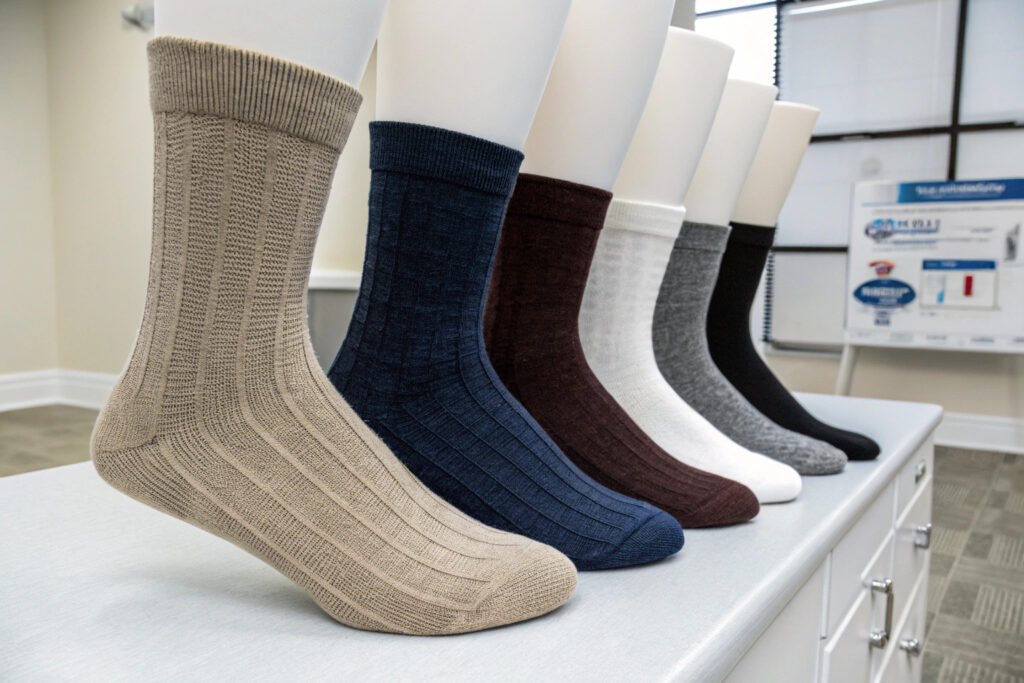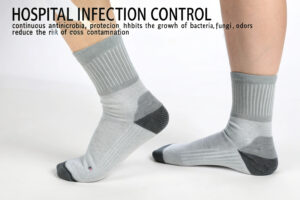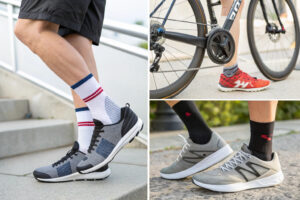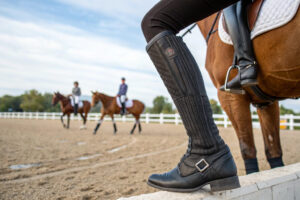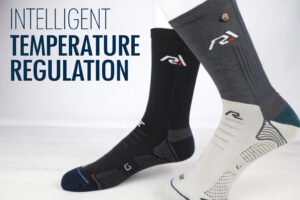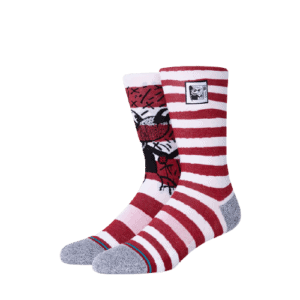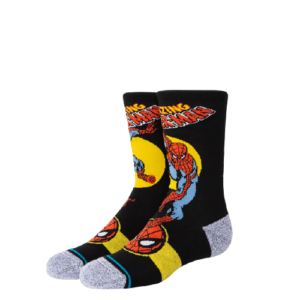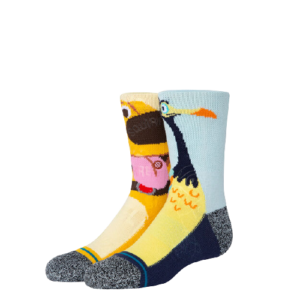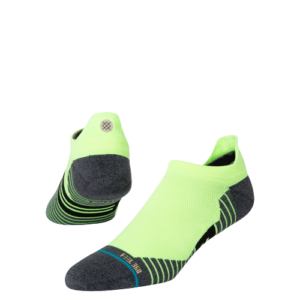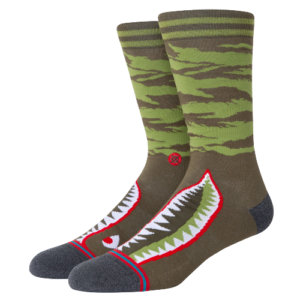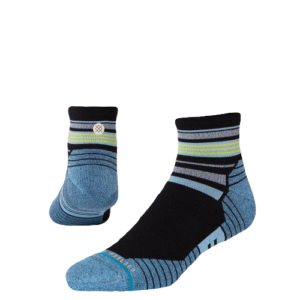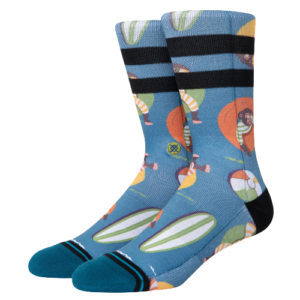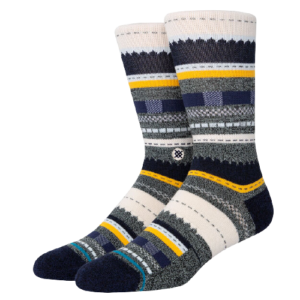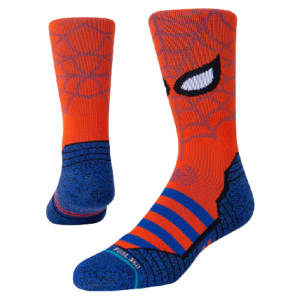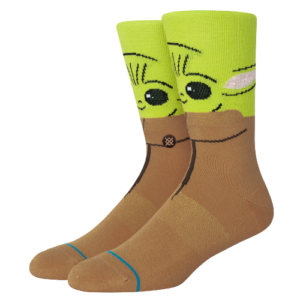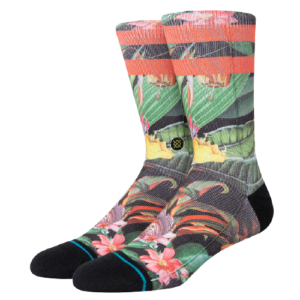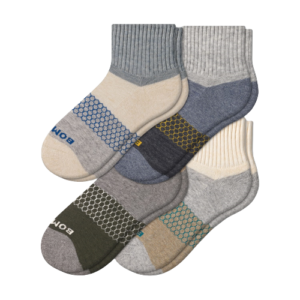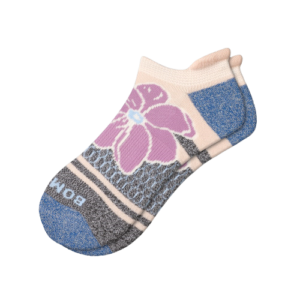People living with diabetes often face a serious but invisible threat—foot-related complications. From poor circulation and nerve damage to increased infection risk, the importance of proper foot care is often underestimated. Yet, the solution starts from the ground up—literally.
The best sock materials for diabetic foot care are those that combine moisture management, seamless construction, and gentle compression. Materials like bamboo, merino wool, and organic cotton are known for their breathability, softness, and hypoallergenic properties, making them ideal choices for sensitive feet.
As the founder of GlobalSock, I’ve worked with diabetic product lines for years. I’ve personally seen how poorly made socks can lead to serious foot injuries—and how the right fabric can provide daily comfort and safety. In this article, I’ll walk you through the best materials to consider, and why they matter to customers like Ron, a buyer who prioritizes quality and medical function over price.
Why Are Specialized Socks Important for Diabetic Patients?
When you're managing diabetes, your feet are vulnerable. Loss of sensation, dryness, and slow healing can turn minor problems into major medical issues.
Specialized diabetic socks help prevent ulcers, reduce moisture build-up, and protect from skin breakdown. The right sock acts as a medical tool—not just an accessory.

How Does Neuropathy Affect Sock Choice?
Peripheral neuropathy is common in diabetics. It dulls pain perception, meaning a tight seam or a blister might go unnoticed until it becomes serious. That's why seamless construction and non-binding cuffs are non-negotiable.
Socks made from materials like bamboo or modal are incredibly soft and reduce friction. They protect sensitive feet, especially when worn for long hours.
Are Moisture and Bacteria a Hidden Danger?
Yes—moisture is a silent enemy. Sweaty feet trapped in synthetic or thick cotton socks create a breeding ground for bacteria and fungus. This makes moisture-wicking materials a must-have.
Merino wool and Coolmax are leaders in this field. They pull moisture away and allow ventilation. These materials keep the skin dry, reducing the risk of infections.
Which Natural Fibers Are Best for Diabetic Socks?
Many of our buyers ask: “Are natural fibers better for health?” The answer is a strong yes.
Natural fibers like organic cotton, bamboo, and merino wool offer hypoallergenic comfort, temperature regulation, and moisture control—ideal for diabetic feet.
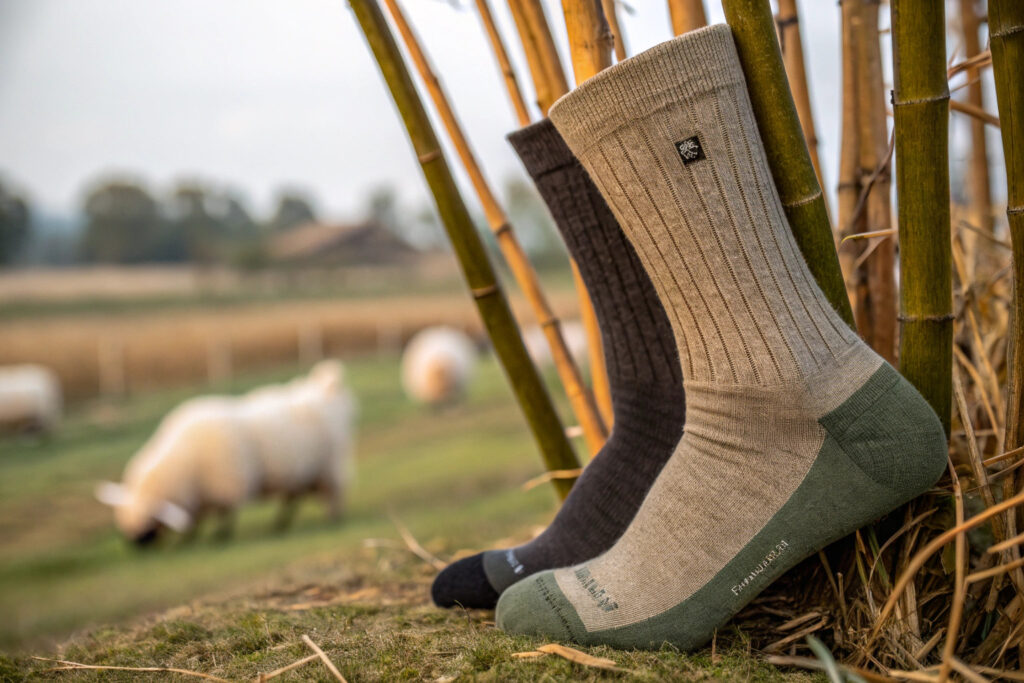
Why Is Bamboo a Favorite?
Bamboo is naturally antibacterial and incredibly soft. It's also eco-friendly and highly breathable. For buyers who care about both health and sustainability, bamboo socks are an easy win.
Some studies even highlight bamboo’s antimicrobial properties that reduce odor and prevent bacterial buildup, making it a popular choice among diabetic care professionals.
What Are the Benefits of Organic Cotton?
Organic cotton avoids harsh chemicals during production, which lowers the risk of skin irritation. It’s soft, breathable, and great for people with skin sensitivity.
Check if your socks carry GOTS certification, which assures that the cotton meets strict ecological and social criteria. As more customers prioritize sustainable sourcing, organic cotton becomes a top choice for diabetic-friendly products.
Are Synthetic Fabrics Ever a Good Option?
Many think synthetic means bad—but that’s not always the case.
High-performance synthetics like Coolmax and acrylic can deliver superior moisture-wicking, elasticity, and durability—essential traits for active diabetics or those in humid climates.
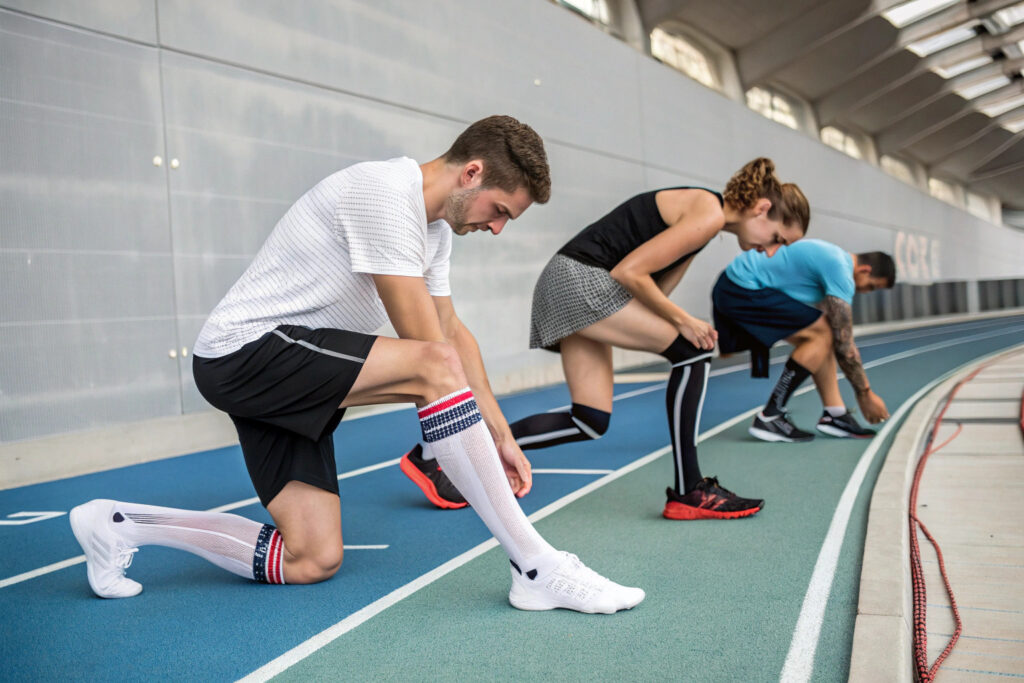
Can Coolmax Keep Feet Dry?
Coolmax polyester is designed for advanced moisture control. It’s a popular material for performance diabetic socks, especially for customers who stay active.
This material is widely used in running gear and even medical-grade compression socks, thanks to its ability to stay dry even during long wear.
What About Nylon and Acrylic?
Both are strong and flexible. Acrylic offers soft cushioning, while nylon adds structure and durability. Combined with spandex, they create non-slip and supportive socks that stay in place.
Some brands like Thorlos use acrylic-blended diabetic socks with extra padding to relieve pressure points. This makes them ideal for both daily wear and post-surgery recovery scenarios.
What Other Sock Features Matter for Diabetic Care?
Material isn’t the only concern—construction and design details make or break diabetic socks.
Key features like seamless toes, non-binding cuffs, extra padding, and color indicators (for injury detection) are crucial for diabetic foot care.
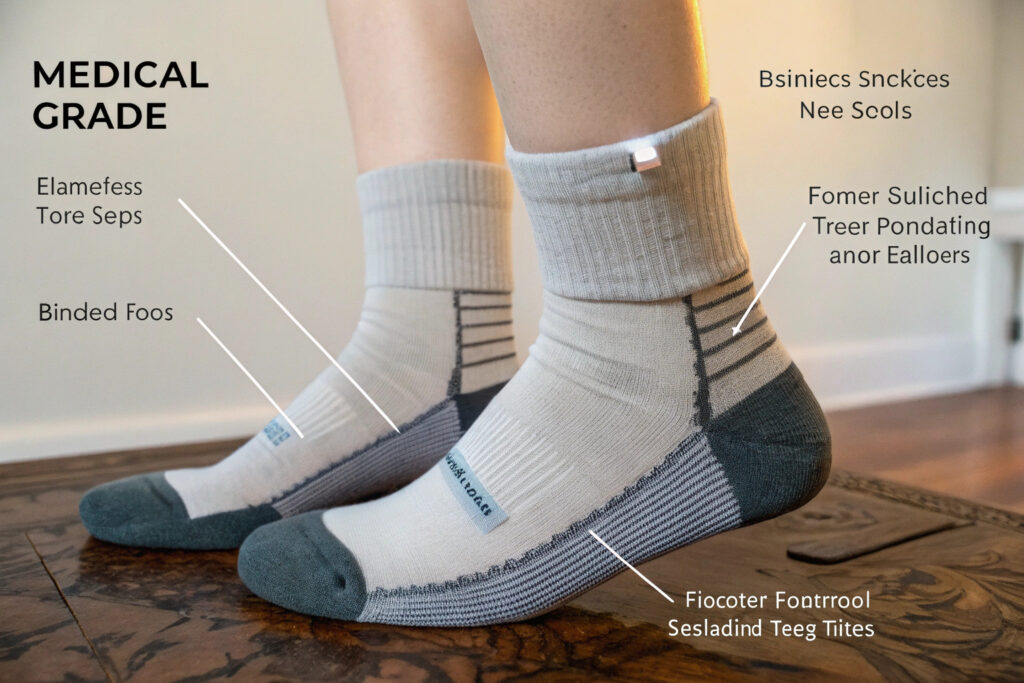
Do Seamless Toes Really Prevent Blisters?
Absolutely. Traditional seams can cause pressure points and blisters. A true seamless toe avoids these issues by eliminating friction, which is critical when nerve sensitivity is low.
Top brands like Orthofeet and Dr. Scholl’s feature this in their diabetic sock lines to ensure maximum comfort and safety.
Why Are Non-Binding Cuffs Recommended?
Tight cuffs restrict blood flow. Non-binding tops maintain circulation while holding the sock in place. This is particularly helpful for customers with circulatory issues, common in diabetes.
We’ve also seen a growing demand for graduated compression socks, which help move blood flow upwards. Trusted sources like Cleveland Clinic explain the benefits for diabetic patients with mild edema.
Conclusion
Choosing the right sock material for diabetic foot care isn’t just about comfort—it’s about safety, health, and peace of mind. Whether it’s the luxurious softness of bamboo, the insulating strength of merino wool, or the advanced performance of Coolmax, each material serves a purpose. When you combine these with thoughtful design features like seamless toes and non-binding cuffs, you create socks that do more than protect—they empower.
At GlobalSock, we take diabetic care seriously. We help buyers like Ron source materials that go beyond industry standards and create lasting partnerships built on trust, quality, and care.

